Prizes for outstanding mathematics (Part 2)

Two weeks ago I had the pleasure to attend two events where prizes for outstanding research in mathematics were awarded, one of them was the CWI Best Thesis in Applied Math 2024. It was a great pleasure to be there, to chat with (most of) the candidates, and to learn what they have done during their bachelor and master thesis'.
Prizes for outstanding mathematics (Part 1)
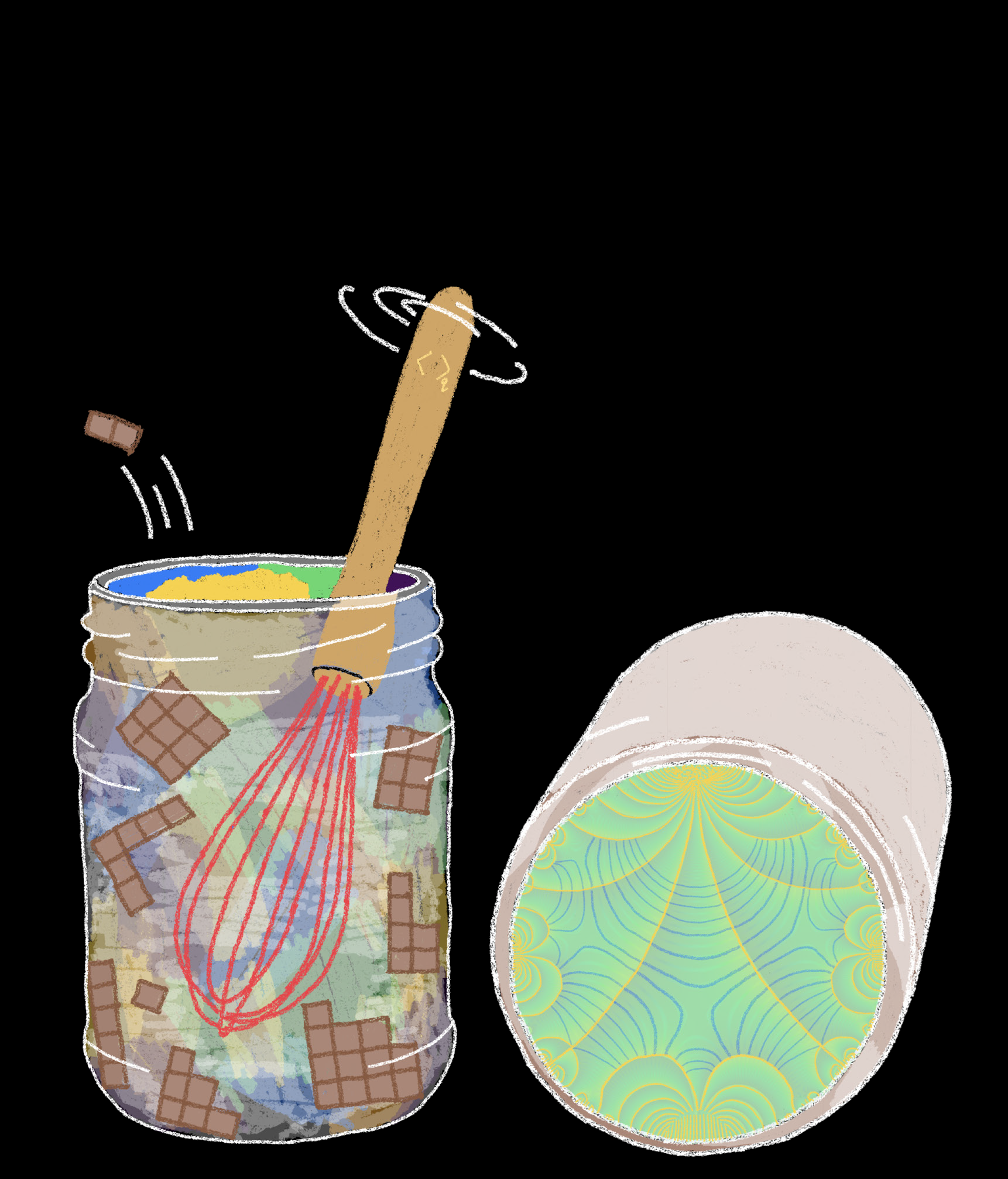
Two weeks ago I had the pleasure to attend two events where prizes for outstanding research in mathematics were awarded, the Christiaan Huygens Science prize and the CWI Best Thesis in Applied Math 2024.
The friendship paradox - and how it might produce a biased world

Have you ever found yourself less popular when compared to your friends? Interestingly, in any group of individuals, on average, people have fewer friends than their friends do, or at the very most, an equal number. Not more!
Ding-Dong! Finally, your delivery driver is at your door

Elisabeth already has an idea in mind: she would like to find the fastest possible route that goes to each address exactly once before finally returning to the station. This task is a well-known mathematical problem, namely the Traveling Salesman Problem (TSP)! How can she solve it?
Participating in the Summer of Math Exposition
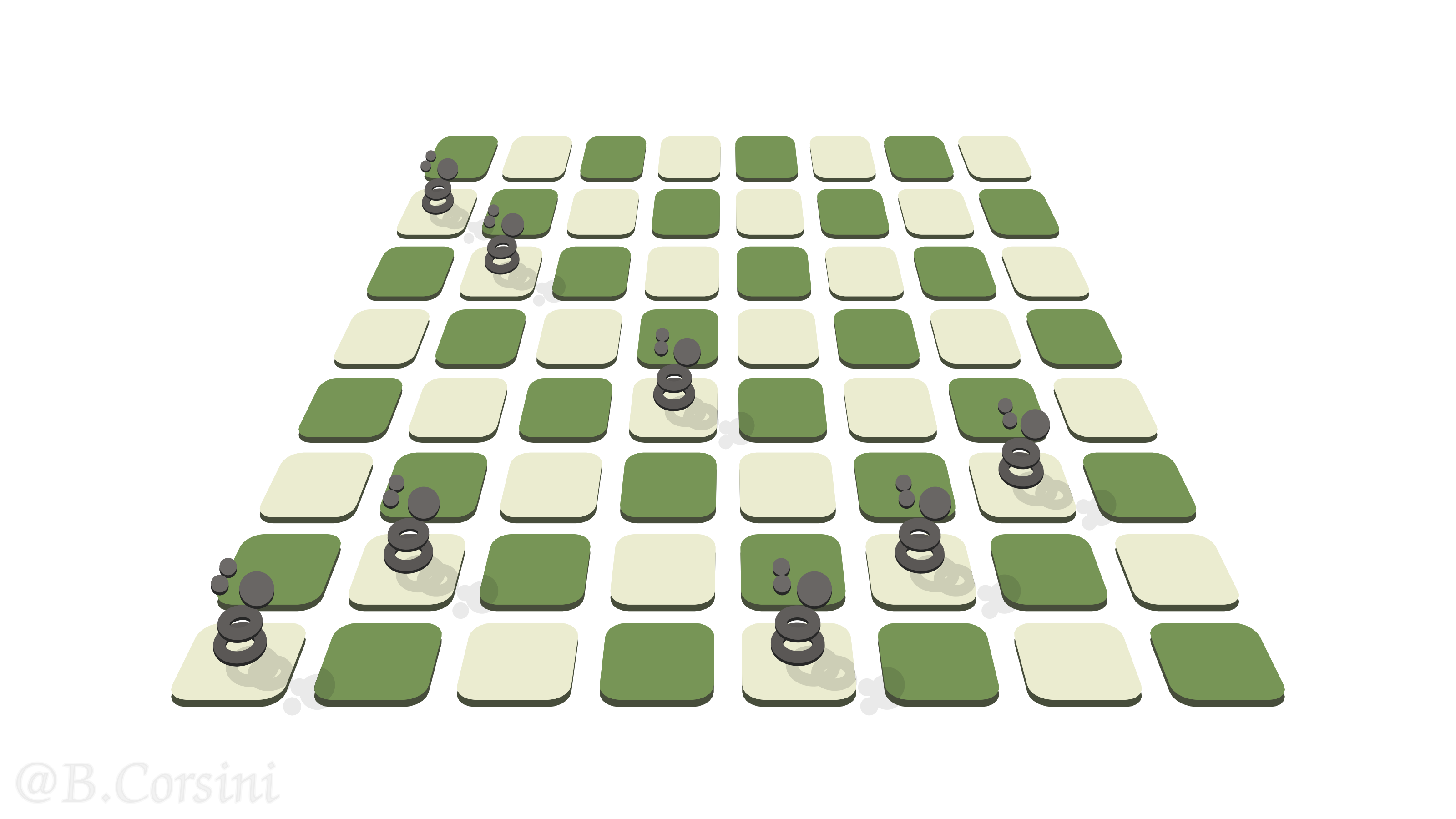
About a year ago, I came across an interesting event organised by the Youtube channel 3Blue1Brown. In this article, I give a quick overview of how I joined this competition, chose the topic, and made the video.
Mr. Monopoly and Mr. Markov play a game

Now it’s time to tackle Monopoly! Using tools from probability theory, we can get some insights into the best properties to buy in Monopoly.
Mr Markov playing Snakes and Ladders
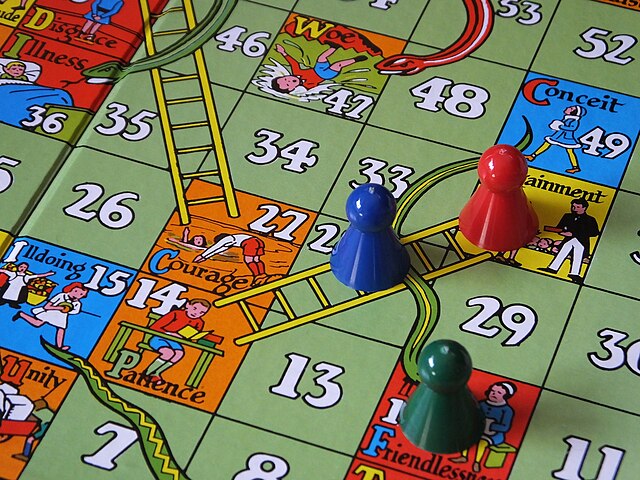
Have you ever wondered what kind of insights you can gain about games by looking at it using a mathematical lens? In this article we have a look at Snakes and Ladders, and in a follow up article we will dive into Monopoly!
The path from a puzzle to a great theorem
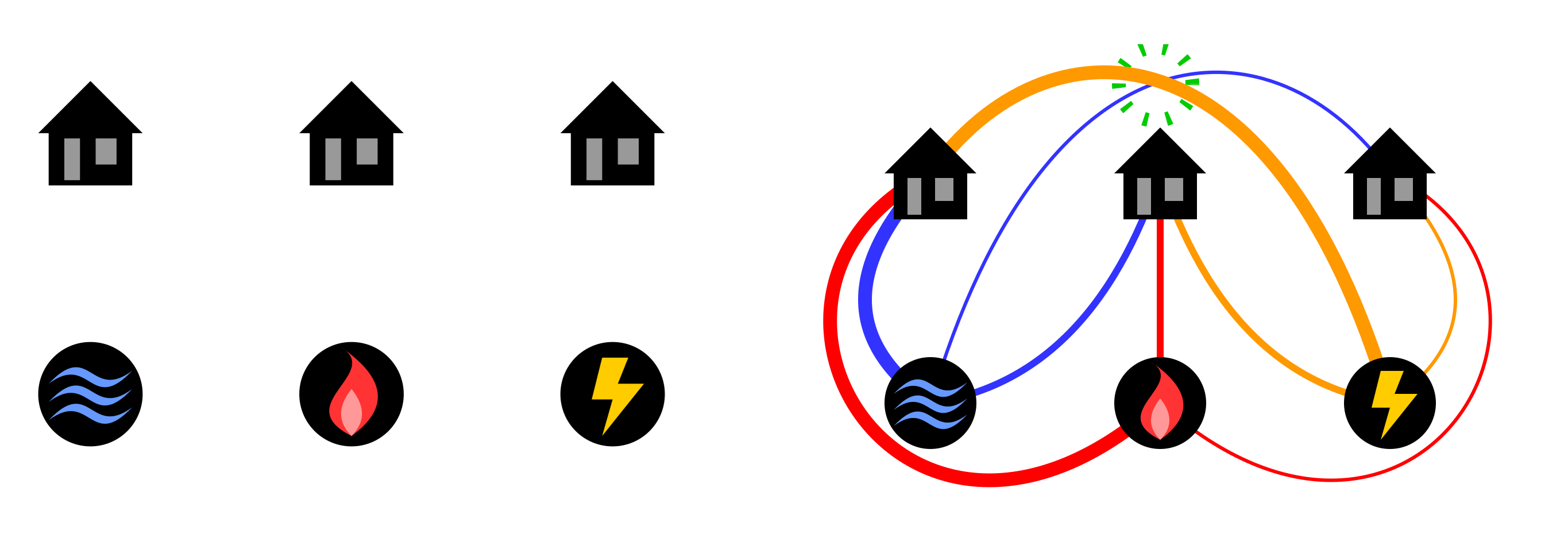
In this article Maya continues her journey from Rotterdam to Brussels. She starts thinking about a puzzle from her childhood, the three utilities problem. At the end of the jouney she has reached a very important theorem from graph theory!
No five countries can all boarder each other
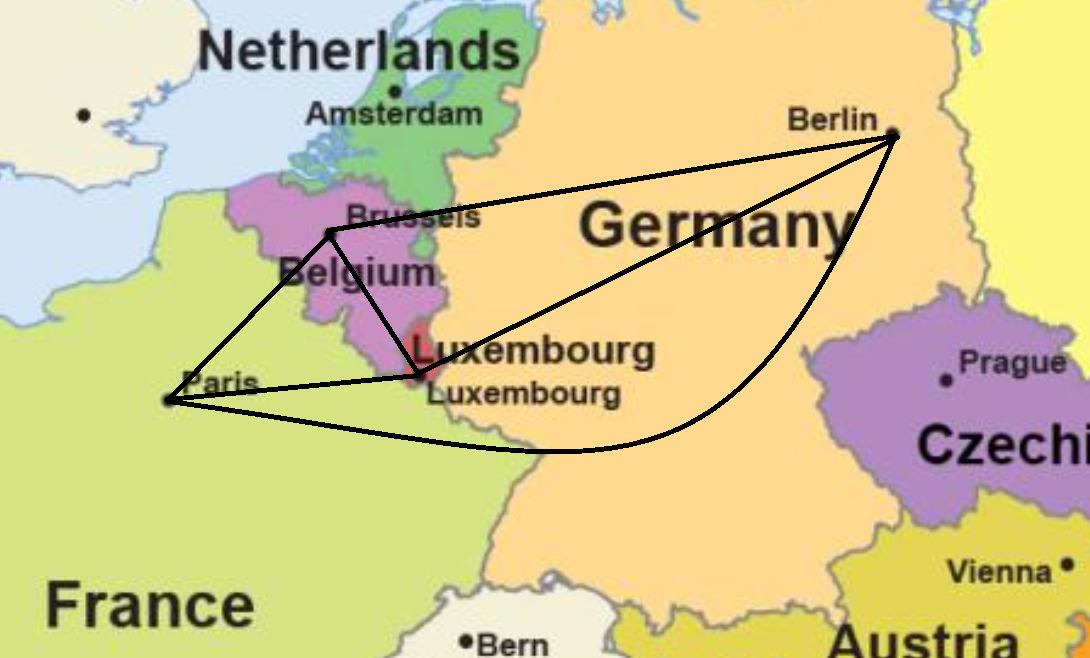
Looking on the world map you can easily spot four countries that border each other. But can you find five?
How can we know something exists if we cannot find it?
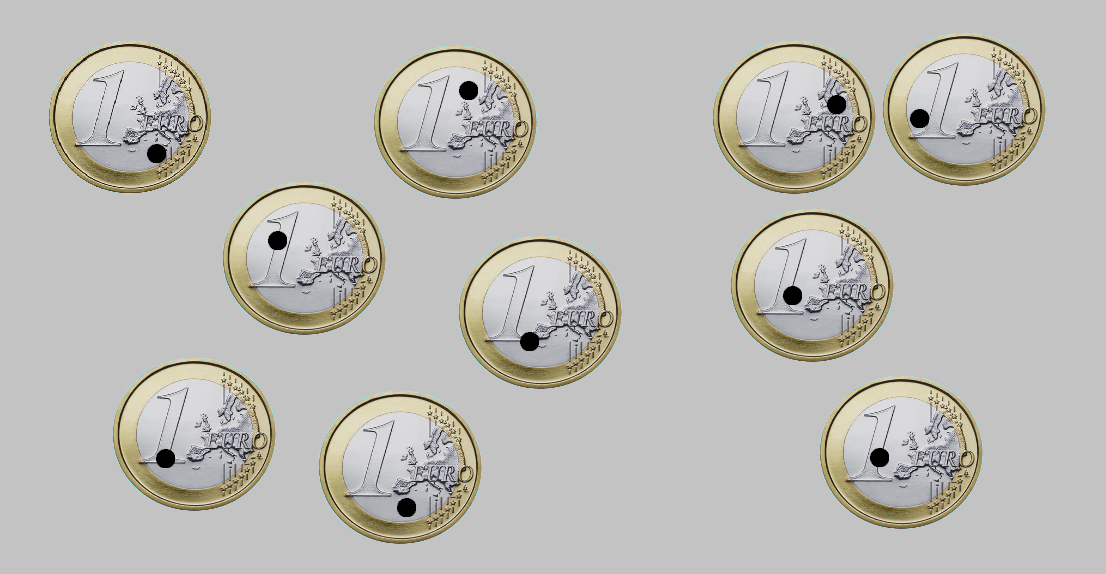
The probabilistic method was pioneered by the Hungarian mathematician Paul Erdős, famous for his many contributions to combinatorics and graph theory, and it has since become an important tool in these areas of mathematics. Is this article you will learn how it works!
